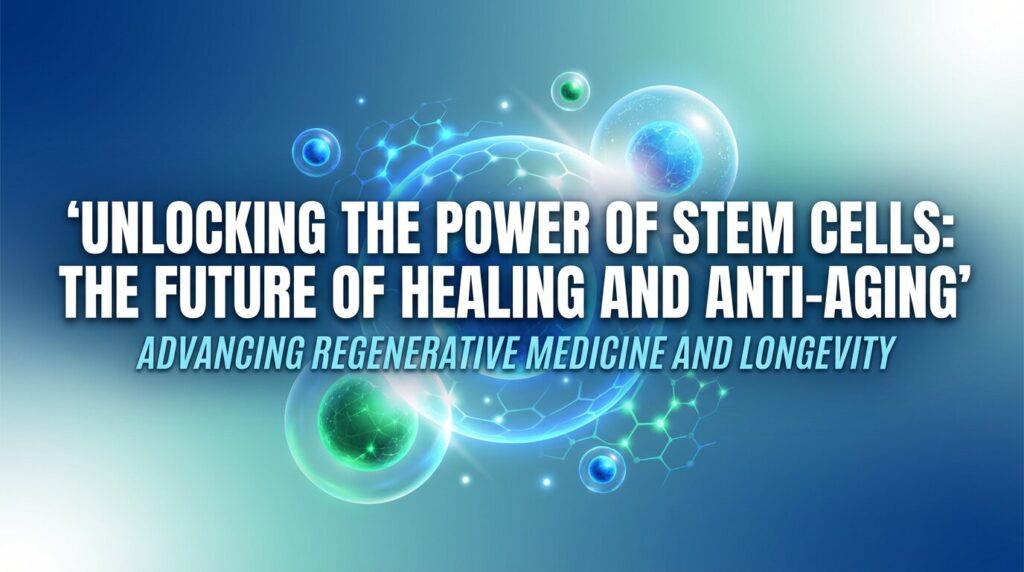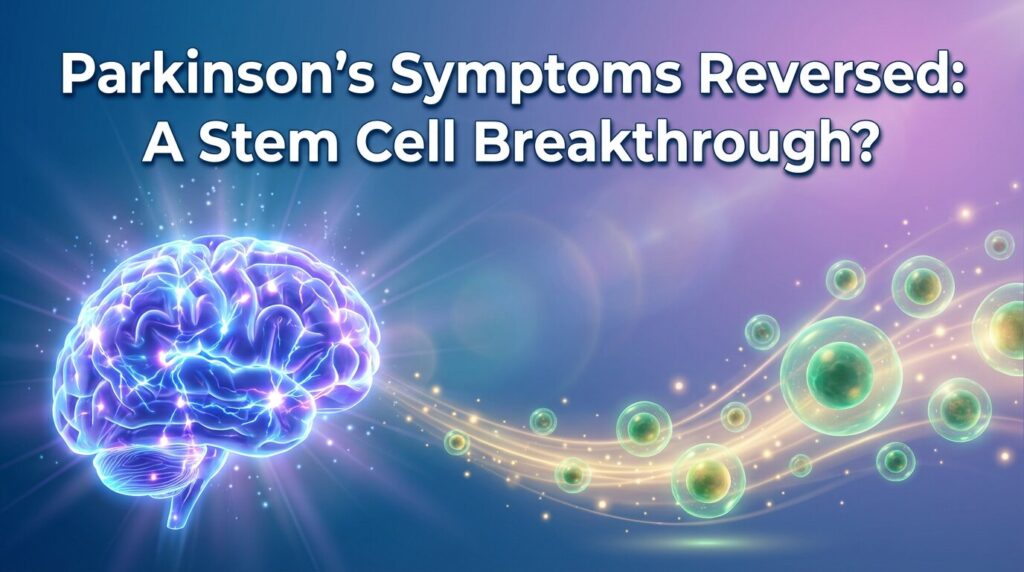The Maryland Stem Cell Research Commission has just announced a $15.4 million investment aimed at accelerating stem cell research and its applications in developing cures. This significant funding demonstrates Maryland’s commitment to advancing innovative medical research and supporting groundbreaking stem cell therapies.
Accelerating Medical Breakthroughs
The awards are part of a concerted effort to stimulate the development of new treatments and cures for a range of debilitating diseases. The funding will support a diverse array of projects, each targeting critical aspects of stem cell science. By fostering a collaborative research environment, Maryland is positioning itself at the forefront of biomedical innovation.
Funding Breakdown
The $15.4 million will be distributed across multiple research initiatives, including:
- Clinical trials designed to test the efficacy of stem cell therapies in real-world settings.
- Preclinical research aimed at understanding the mechanisms behind stem cell function and potential therapeutic applications.
- Projects focused on regenerative medicine, which could revolutionize treatment for injuries and chronic conditions.
These investments are expected to propel Maryland’s research institutions into new heights of scientific achievement, paving the way for novel therapeutic strategies.
Leading the Charge in Stem Cell Science
The Maryland Stem Cell Research Commission has a strong track record of supporting cutting-edge research. This latest round of funding underscores the state’s commitment to addressing some of the most challenging medical issues through advanced stem cell techniques.
The Commission’s chair, Dr. Amritha Jaishankar, emphasized the importance of this funding, stating, “Our goal is to bridge the gap between basic research and clinical application, ensuring that innovative stem cell technologies reach patients who need them most.”
Implications for Patients
For patients, the advancements in stem cell research funded by these awards could mean a future with more effective and less invasive treatments. Conditions that were once considered untreatable may soon see promising therapies emerge from Maryland’s robust research initiatives.
Conclusion
Maryland’s substantial investment in stem cell research is a beacon of hope for patients worldwide. As these projects progress, the potential for groundbreaking medical treatments becomes increasingly tangible. With a commitment to fostering innovation and supporting pioneering research, Maryland is poised to make significant contributions to the field of regenerative medicine.
More funding info here.



